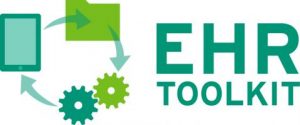
| Module 1 | Electronic health records (EHR) introduction |
Unit 1
|
Unit 2
| |
|---|---|---|---|---|
| Module 2 | Making the value case |
Unit 1
|
Unit 2
|
Unit 3
|
| Module 3 | Clarifying legal and policy issues |
Unit 1
|
Unit 2
|
Unit 3
|
| Module 4 | Forming partnerships |
Unit 1
|
Unit 2
|
Unit 3
|
| Module 5 | Analyzing clinical data and workflows |
Unit 1
|
Unit 2
|
Unit 3
|
| Module 6 | Analyzing technical options |
Unit 1
|
Unit 2
|
Unit 3
|
| Module 7 | Implementing data exchange |
Unit 1
|
Unit 2
| |
| Module 8 | Optimizing data quality and use |
Unit 1
|
Unit 2
|
Unit 3
|
| Module 9 | All toolkit downloads |
Unit 1
|

Tool downloads
Making the value case
The first step in planning for an EHR-based surveillance program, this tool provides guidance on how to develop a compelling value case for surveillance programs. It includes questions to consider during the process and structure for planning team discussions.
Creating a logic model
This tool helps planners think about how their organization is structured and how to align activities to connect short-term and long-term goals by creating a logic model. The model can be used to evaluate future programs and activities.
Estimating total cost of ownership
Building and maintaining information systems are often associated with costs. This tool outlines instructions for estimating costs and provides categories of expenses related to information systems.
